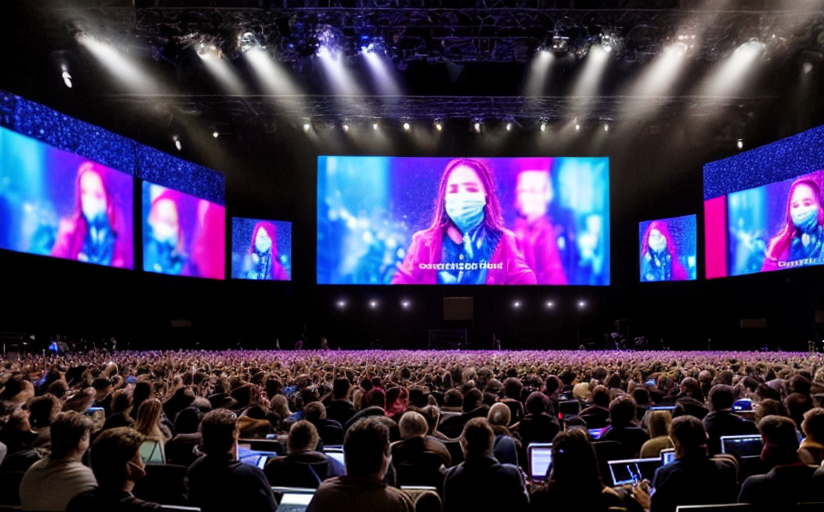Virtual Concerts: A New Trend in the Time of COVID-19
The COVID-19 pandemic has drastically altered many aspects of everyday life, one of which is the way we experience music. With mass gatherings being a potential threat to public health, virtual concerts have taken center stage, offering an alternative way for artists to interact with their fans.
The Shift to Virtual Concerts and Its Reasons
Primarily driven by the need to adhere to social distancing rules and regional lockdowns, the music industry witnessed a noticeable shift to virtual concerts. While some artists took to social media platforms for live performances, others partnered with tech companies to create immersive virtual concert experiences. Crowdless, physically distant performances were the only way to ensure the continuity of the music industry in these unprecedented times.
Benefits of Virtual Concerts
Virtual concerts gave fans the opportunity to witness their favorite artists perform live from their homes' comfort. They also allowed for fans from all across the globe to be part of concerts which they wouldn't have been able to attend due to geographical limitations. Moreover, artists could increase the frequency of their shows as virtual concerts removed the need for physical traveling.
Drawbacks of the Virtual Platform
However, the virtual platform came with its set of drawbacks. The energy of a live crowd and the feeling of the audience singing along is hard, if not impossible, to mimic. The lack of direct interaction between artists and their fans also diminished the personal touch that often characterizes live concerts.
The Technological Aspect
Virtual concerts pushed the envelope for technological advancements in Artificial Reality and Virtual Reality by broadening their scope beyond gaming. Immersive virtual environments became a substitute for physical stadiums and arenas. Tech giants like Facebook and Sony took steps forward in this direction, creating platforms to enable these virtual events.
Impact on Artists and Fans
Artists suffered financial losses due to cancelled tours and performances. On the other hand, virtual concerts opened up new revenue streams by ticketing these online events and entering broadcasting deals with leading platforms. Fans, while missing the traditional concert experience, embraced the new concept, finding solace in the sense of unity virtual concerts provided during uncertain times.
Real-Life Examples
BTS, the renowned K-pop group, held a virtual concert BANG BANG CON that saw 750,000 fans tune in from over 100 countries, demonstrating the wide reach of such events. Similarly, Billie Eilish organized a Where Do We Go? livestream concert providing an intimate and immersive experience to her fans.
Virtual Concerts: The Future
While we anticipate a return to traditional concerts post-pandemic, the success of virtual concerts indicates that they are here to stay. The ability to reach a wider audience and generate revenue will see the music industry refining and integrating this model into its structure.
Conclusion
In essence, the trend of virtual concerts, though born out of necessity, is fast becoming a crucial component of the music industry, revolutionizing the traditional concert experience while carving its own niche in the entertainment sector.



















Comments
Leave a Comment